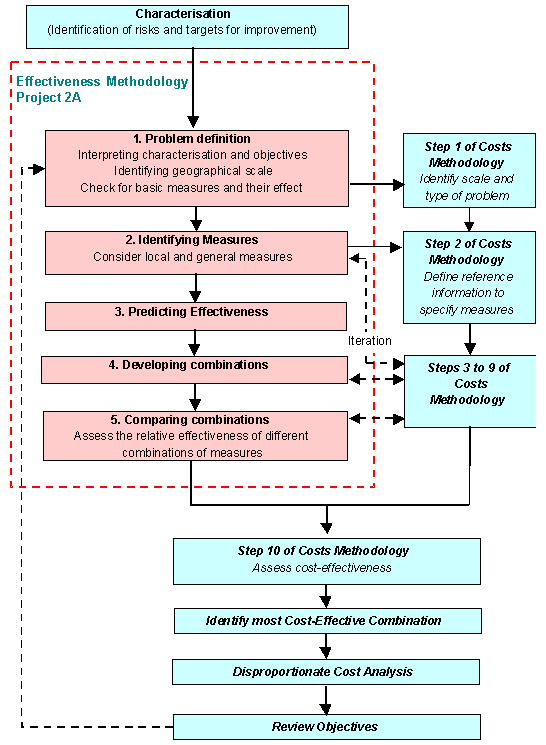- Project 1: developing a better understanding of how
economic
analysis can best be used to support the decision making processes;
- Project 2: determining how to assess costs, economic
impacts and
effectiveness for each of the distinctly different sectors for which
control measures will need to be appraised in River Basin Management
Plans (RBMPs);
- Project 3: scoping and characterising the
potentially disproportionately costly cases in RBMPs and the main gaps
in information on valuation of environmental benefits so as to draw up
an appropriate process for assessing them;
- Project 4: specifying
the environmental benefits of concern in the cases identified in
Project 3;
- Project 5: developing and trialling guidance on
benefits assessment for RBMPs; and
- Project 6: carrying out original
studies to provide new valuations of the major environmental benefits
of RBMPs.
|

